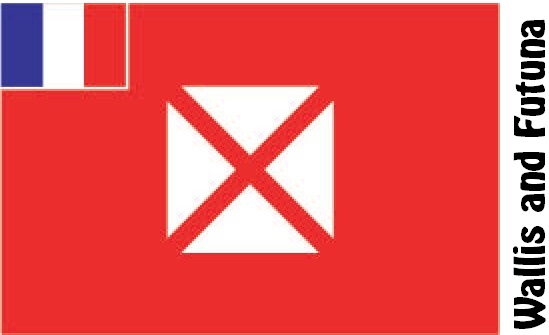Wallis and Futuna Facts
Wallis and Futuna Islands, French Territory in the Southwest Pacific; 225 km², 11,200 residents (2018).The Wallis and Futuna Islands, consist of the archipelago of the Wallis Islands (atoll Uvea or Wallis with surrounding small islands) and the Futuna Islands (also called the Horne Islands, with the mountainous volcanic islands of Futuna and Alofi). Agriculture is the only industry of importance. The main sources of income are aid from France and transfers from the many emigrants (about 15,000 in New Caledonia). Main place is Mata Utu at Uvea.
Samuel Wallis was aiming for the islands in 1767. In 1887 they became the French protectorate, and in 1959 the locals decided in a referendum that the area would remain French, with representation in the French Parliament.
Wallis and Futuna (France)
Wallis and Futuna is located in the southwest Pacific, west of the international date line. A land area of 274 square kilometers is home to 16,000 people, who are mostly Bolilini from West Asia. Due to the fact that the country is a French overseas territory, French is the official language, although Wallis is also spoken, and residents are Roman Catholic. The currency is the Pacific franc and the capital is Matautu (Mata utu).
Wallis and Futuna Flag

Economy and Culture Overview
Traditional self-sufficient agriculture accounts for 80% of the total employment. The main crops include breadfruit, banana, coconut, cassava, and taro. Copra and handicrafts are the main export products, and the main income comes from the French government’s assistance, expatriate remittances, and fishing license fees.
The island is a French overseas territories and the Chief Executive by the French to send.
Wallis and Futuna Map














































